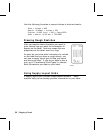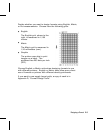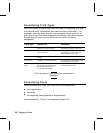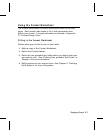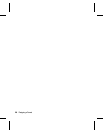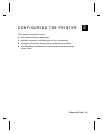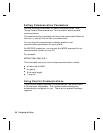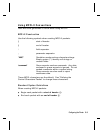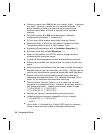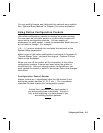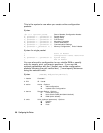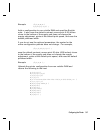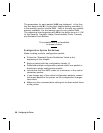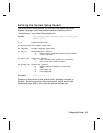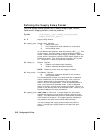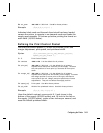◆
Define no more than 1000 fields in a format. Each p indicates
one field. However, options are not counted as fields. The
actual number of fields a format can have may be less,
because the number of fields is limited by the available
memory.
◆
The field number 0 to 999 must be unique. Monarch
recommends starting at 1, instead of 0.
◆
Do not use a field number more than once per format.
◆
Define all fields in the order you want to image/print them.
The printer does not print in field number order.
◆
Separate all parameters with a Parameter Separator (,).
◆
End each field with a Field Separator ( p ).
◆
Enter all information in CAPITAL letters, except words or
phrases within quotation marks.
◆
Include all field parameters unless documented as optional.
◆
Define non-printable text fields before the field to which they
apply.
◆
Define options immediately after the field to which they apply.
◆
Multiple options can be used with most fields. Options can be
used in any combination except as noted with each definition.
◆
Keep in mind that proportionally spaced fonts need wider
fields than monospaced fonts. For variable field data, use a
letter "W" to determine the maximum field size.
◆
Do not place a new line (return) or any other non-printing
character in a character string. However, a carriage return or
line break after each p makes your formats easier to read.
T,1,20,V,30,30,1,1,1,1,B,C,0,0,0 p
T,2,10,V,50,30,1,1,1,1,B,C,0,0,0 p
◆
Spaces are ignored, except within character strings.
◆
Indenting options improves readability of your formats.
T,1,18,V,30,30,1,1,1,1,B,C,0,0,0 p
R,42,1 p
◆
Use a tilde (~) followed by a 3-digit ASCII code in a quoted
string to send function codes or extended characters.
3-4 Configuring the Printer



